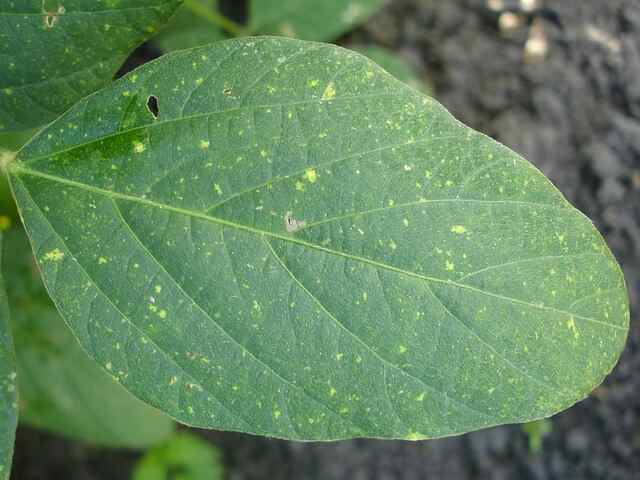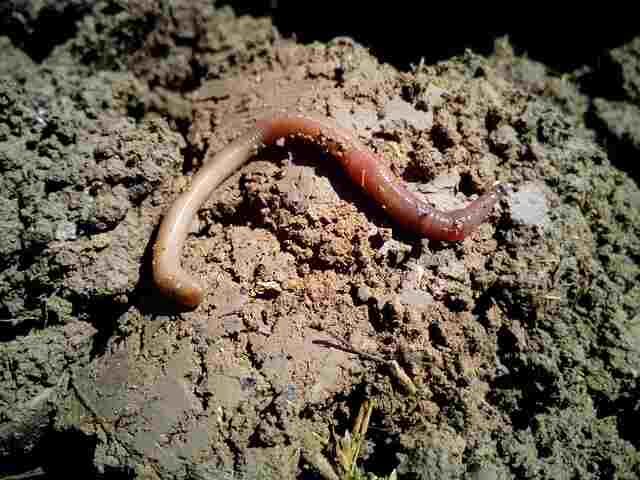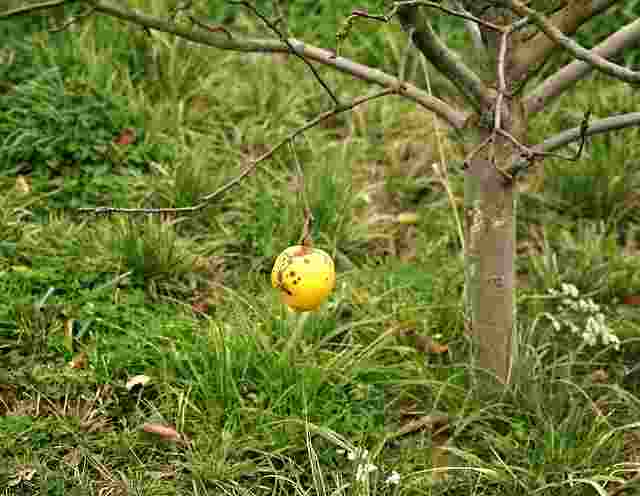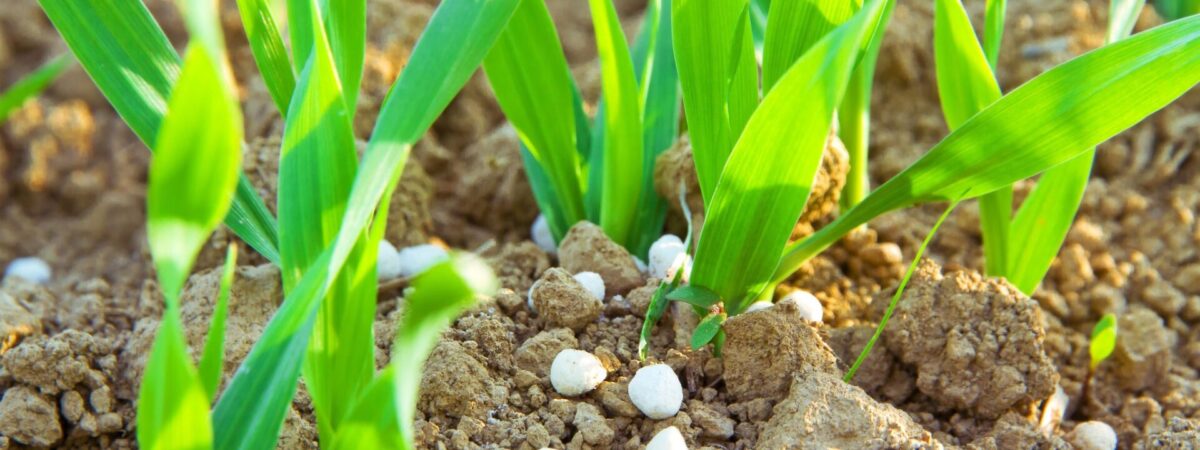Are your plants looking lackluster and not growing as they should? Are leaves yellowing, curling or developing brown spots?
Chances are, your plants are suffering from plant nutrient deficiencies! But don’t worry, with a little bit of knowledge and some simple fixes, you can help your plants thrive again.
In this blog post, we’ll take a look at how to identify and fix plant nutrient deficiencies, so you can get your garden back on track. Whether you’re a seasoned gardener or a beginner, read on to learn how to nourish your plants for healthy growth and abundant yields!
What are plant nutrient deficiencies?
Plant nutrient deficiency occurs when a plant does not get enough of one or more essential nutrients needed for healthy growth and development. Plants require a wide range of nutrients, including macronutrients such as nitrogen, phosphorus, and potassium, as well as micronutrients such as iron, zinc, and manganese.
When plants are deficient in one or more nutrients, it can lead to a variety of symptoms such as stunted growth, yellowing or browning of leaves, poor fruit development, and susceptibility to disease and pests. The specific symptoms of nutrient deficiency vary depending on the nutrient that is lacking and the plant species.
To correct nutrient deficiencies, it is important to identify the specific nutrient that is lacking and provide the plant with the appropriate fertilizers or amendments. Proper soil testing and analysis can help determine the appropriate nutrient requirements for different plant species and varieties.
Importance of identifying plant nutrient deficiencies and fixing them

Identifying plant nutrient deficiencies is important because it allows you to diagnose and address the underlying problem that is affecting the health and productivity of your plants. When a plant lacks a particular nutrient, it can display a range of symptoms that can impact growth, yield, and overall health.
By identifying the specific nutrient deficiency, you can determine the best course of action to address it. This may involve adjusting the pH of the soil, adding fertilizers or supplements to the soil, or making changes to your watering and irrigation practices.
Fixing nutrient deficiencies is important because it can help to prevent further damage to your plants and ensure that they are able to thrive. If left untreated, nutrient deficiencies can lead to stunted growth, poor yields, and even plant death.
Additionally, correcting nutrient deficiencies can have a positive impact on the environment by reducing the amount of fertilizer and other chemicals needed to support healthy plant growth. This can help to prevent nutrient runoff and other environmental issues.
In summary, identifying and fixing plant nutrient deficiencies is crucial for promoting healthy plant growth, maximizing yields, and supporting a sustainable and healthy environment.
Signs of plant nutrient deficiencies
Here are some common signs of nutrient deficiencies in plants:
Yellowing of Leaves
One of the most common signs of nutrient deficiencies in plants is yellowing of the leaves. This can occur when the plant is lacking nitrogen, iron, or magnesium. Nitrogen is essential for the production of chlorophyll, the pigment that gives leaves their green color, and a lack of nitrogen can cause leaves to turn yellow. Iron and magnesium are also important for chlorophyll production, and a deficiency in either of these nutrients can lead to yellowing of the leaves.
Stunted Growth
When plants are lacking essential nutrients, their growth can be stunted. This is often seen in young plants that are just starting to grow. A lack of phosphorus, for example, can cause the roots of young plants to grow poorly, resulting in stunted growth. Similarly, a lack of potassium can cause plants to grow slowly and produce small, weak stems.
Spotted Leaves
When plants are deficient in certain nutrients, their leaves can develop spots or patches. For example, a lack of magnesium can cause the leaves to develop brown spots, while a lack of zinc can cause white or yellow spots to appear on the leaves.
Curling Leaves
Nutrient deficiencies can also cause leaves to curl or twist. This is often seen in plants that are lacking potassium, which is important for regulating water balance in the plant. When a plant is lacking potassium, its leaves may curl or wilt due to water stress.
Poor Flower or Fruit Production
When plants are lacking essential nutrients, they may not produce flowers or fruit as well as they should. For example, a lack of phosphorus can result in poor flower and fruit production in many plants. Similarly, a lack of calcium can cause blossom end rot in tomatoes and other fruiting plants.
Brittle Stems
When plants are lacking essential nutrients, their stems can become brittle and break easily. This is often seen in plants that are lacking calcium, which is important for strong cell walls in plants. A lack of calcium can cause the stems of plants to become weak and brittle, making them more prone to breaking.
Discoloration of Leaves
Nutrient deficiencies can also cause discoloration of leaves, such as a purplish hue. This is often seen in plants that are lacking phosphorus, which is important for the production of energy in plants. When a plant is lacking phosphorus, it may produce less energy and its leaves may take on a purplish hue.
Common nutrient deficiencies and their symptoms

Plant nutrient deficiencies can occur when a plant is not receiving adequate amounts of essential nutrients needed for growth and development. Nutrient deficiencies can result in stunted growth, yellowing leaves, and poor yields. Here are some common signs of nutrient deficiencies in plants:
Nitrogen (N) deficiency
Nitrogen is essential for plant growth and is a key component of chlorophyll, the green pigment responsible for photosynthesis. Nitrogen deficiency can cause yellowing of leaves (chlorosis) starting at the tips and moving towards the base of the leaf. The leaves may also appear thin and weak, and the plant may experience stunted growth.
Phosphorus (P) deficiency
Phosphorus is necessary for root development, seed formation, and fruit production. Phosphorus deficiency can cause stunted growth and purplish leaves. The plant may also have a reduced number of flowers and fruit.
Potassium (K) deficiency
Potassium is important for water regulation, disease resistance, and the production of starches and sugars. Potassium deficiency can cause yellowing of leaves that starts at the edges and progresses inward. The leaves may also curl or become brittle, and the plant may experience poor growth.
Calcium (Ca) deficiency
Calcium is essential for cell wall formation and is important for root development and nutrient uptake. Calcium deficiency can cause distorted growth, wilting, and yellowing or browning of leaves. The leaves may also become necrotic or develop spots.
Magnesium (Mg) deficiency
Magnesium is a key component of chlorophyll and is important for photosynthesis. Magnesium deficiency can cause yellowing of leaves starting at the edges and progressing inward. The leaves may also appear thin and brittle, and the plant may experience stunted growth.
Sulfur (S) deficiency
Sulfur is important for protein synthesis and is a key component of some amino acids. Sulfur deficiency can cause yellowing of leaves similar to nitrogen deficiency. The leaves may also appear stunted and brittle.
Iron (Fe) deficiency
Iron is necessary for chlorophyll production and is important for photosynthesis. Iron deficiency can cause yellowing of leaves between the veins (interveinal chlorosis). The leaves may also appear weak and the plant may experience stunted growth.
Manganese (Mn) deficiency
Manganese is important for photosynthesis and enzyme activation. Manganese deficiency can cause yellowing of leaves between the veins (interveinal chlorosis) and brown or black spots on the leaves.
Zinc (Zn) deficiency
Zinc is important for enzyme activation and is necessary for the production of auxins, hormones that control plant growth. Zinc deficiency can cause stunted growth, small leaves, and distorted leaves. The leaves may also appear chlorotic.
Copper (Cu) deficiency
Copper is important for enzyme activation and is necessary for photosynthesis. Copper deficiency can cause stunted growth, wilting, and brown spots on leaves.
How to fix plant nutrient deficiencies

Plant nutrient deficiencies can occur due to a variety of reasons such as poor soil quality, insufficient fertilization, and environmental stress. However, with proper identification of the deficiency and appropriate action, it is possible to fix these issues and promote healthy plant growth. In this article, we will discuss some common nutrient deficiencies and how to fix them.
Identifying Nutrient Deficiencies
The first step in fixing plant nutrient deficiencies is to identify the specific nutrient that the plant is lacking. Some common symptoms of nutrient deficiencies include stunted growth, yellowing or browning leaves, and wilting. These symptoms can vary depending on the specific nutrient that is lacking. For example, nitrogen deficiency can result in yellowing leaves, while potassium deficiency can cause brown scorching and curling of leaf tips and edges.
Fixing Nutrient Deficiencies
Once you have identified the specific nutrient that the plant is lacking, there are several steps you can take to fix the problem. Here are some common approaches:
Soil Testing
Testing your soil is an effective way to identify nutrient deficiencies. Once you know which nutrients are lacking, you can add the necessary fertilizers to the soil. Soil tests are often available through local extension services or garden centers.
Fertilization
Adding the appropriate fertilizer can help fix nutrient deficiencies. For example, nitrogen fertilizer can help fix nitrogen deficiency, while potassium fertilizer can help fix potassium deficiency. However, it’s important not to over-fertilize, as this can also cause problems.
Foliar Feeding
Foliar feeding involves applying a liquid fertilizer directly to the leaves of the plant. This method can be helpful in fixing nutrient deficiencies, as the nutrients are absorbed quickly by the plant. However, foliar feeding should not be the sole method of fertilization, as plants still require nutrients from the soil.
Compost
Adding compost to the soil can help fix nutrient deficiencies and improve overall soil quality. Compost is rich in organic matter and nutrients, and can help promote healthy plant growth.
pH Adjustment
Soil pH can affect nutrient availability. If your soil pH is too high or too low, certain nutrients may not be available to the plant. Adjusting the pH of your soil can help fix nutrient deficiencies. Lime can be added to raise pH, while sulfur or aluminum sulfate can be added to lower pH.
Water Management
Over-watering or under-watering can also cause nutrient deficiencies. Proper water management can help ensure that plants receive the necessary nutrients. Water plants deeply and infrequently, and make sure that the soil has proper drainage.
Conclusion
Identifying and fixing plant nutrient deficiencies is essential for promoting healthy plant growth. Proper identification of the deficiency through symptoms and soil testing is key. Fertilization, foliar feeding, compost, pH adjustment, and water management are effective methods to fix nutrient deficiencies.
However, over-fertilization and incorrect pH adjustment can cause additional problems. Therefore, careful monitoring of the plant and soil is important to ensure appropriate action. By taking these steps, plants can receive the necessary nutrients and thrive.
You may also like to read
Discover the Top Plant Nutrients You Need for Thriving Plants
Everything You Need to Know About Peat Moss: Composition, Benefits, and Risks






